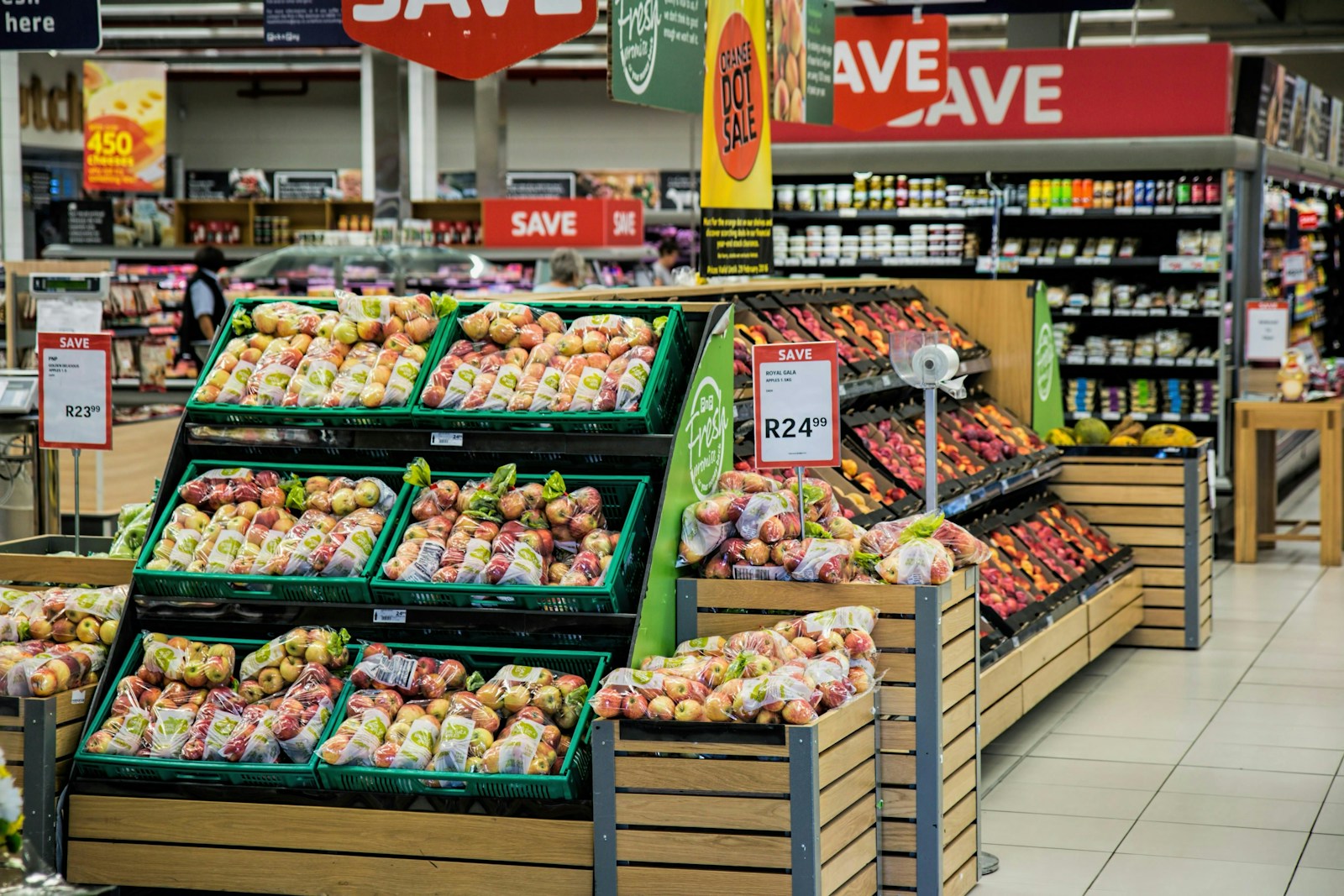Key Takeaways:
- Trump claimed grocery prices were falling, but many dismissed his statements.
- New government data shows the sharpest drop in food-at-home costs in nearly five years.
- This unexpected decline could impact inflation trends and voter perceptions.
Grocery prices have been a hot topic lately, especially with inflation affecting households. President Donald Trump recently made headlines by saying grocery prices were dropping. At first, many people, including major news outlets like CNN, didn’t take his claims seriously. They thought he was exaggerating or cherry-picking numbers to make his administration look good.
But here’s the twist: government data released weeks later surprisingly backed up Trump’s claims. The numbers showed the biggest monthly drop in food-at-home costs in almost five years. This turn of events has left many scratching their heads, wondering if Trump was right all along.
The Initial Dismissal
When Trump first mentioned falling grocery prices, critics were quick to dismiss him. They pointed out that inflation was still high, and many families were struggling to afford basic items. Some even accused him of misleading the public to boost his approval ratings.
Media outlets like CNN ran stories questioning the accuracy of Trump’s claims. They cited data from the time showing that food prices were still rising. Experts weighed in, saying that while some items might be cheaper, overall, groceries were still more expensive than in previous years.
But then something unexpected happened. The government released new data that told a different story.
The Surprising Data Revelation
The latest numbers from the Bureau of Labor Statistics revealed a sharp decline in food-at-home costs. This category includes groceries and other items people buy to prepare meals at home. The drop was the largest seen in nearly five years, catching many off guard.
So, what does this mean? For starters, it suggests that some grocery prices are indeed falling. However, it’s important to remember that overall inflation is still higher than it was a few years ago. The drop in food costs could be a sign that inflation is starting to cool down, but it’s too early to celebrate just yet.
Why This Matters
Food prices are a major part of household budgets, so any change can have a big impact. If grocery bills start to drop, it could ease some of the financial pressure on families. This could also influence how people view the economy and political leadership.
The timing of this data release is interesting. With elections on the horizon, politicians on both sides are trying to claim credit for any positive economic news. Trump and his supporters are pointing to the data as proof that his policies are working. On the other hand, critics argue that the drop in prices is part of a larger trend and not directly tied to any one person or policy.
What’s Next?
It’s still unclear whether this drop in grocery prices is a one-time thing or the start of a longer trend. Economists are watching closely to see if the downward trend continues in the coming months. If it does, it could be a sign that inflation is finally under control.
Meanwhile, the political debate over the economy is heating up. Both sides are using the data to make their case. Trump’s supporters say his claims about falling prices were always accurate, while his critics argue that the bigger picture still shows challenges ahead.
The Bigger Picture
Grocery prices are just one piece of the economic puzzle. While the recent drop is good news, other factors like housing costs, energy prices, and wages also play a big role in the overall economy.
For now, families are enjoying some relief at the grocery store. Whether this trend continues will depend on many factors, including global events, supply chain issues, and government policies.
One thing is certain: the debate over grocery prices and the economy will continue to be a major topic in the months to come.

